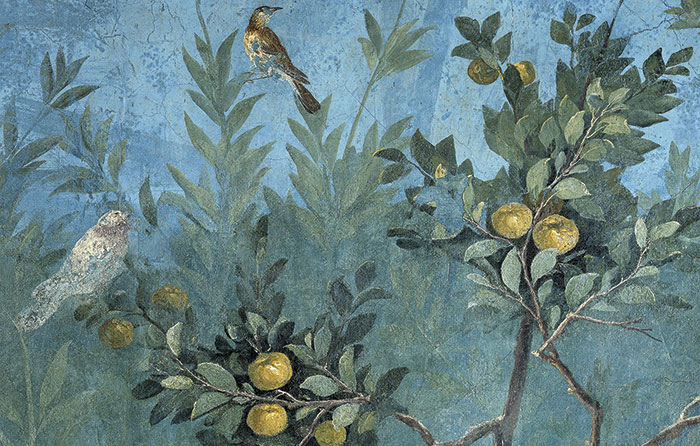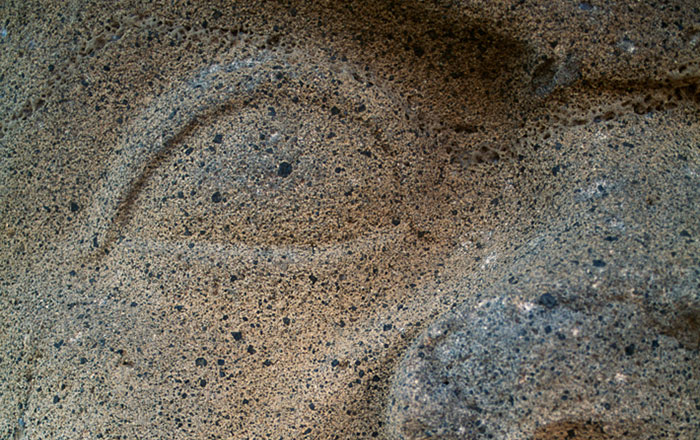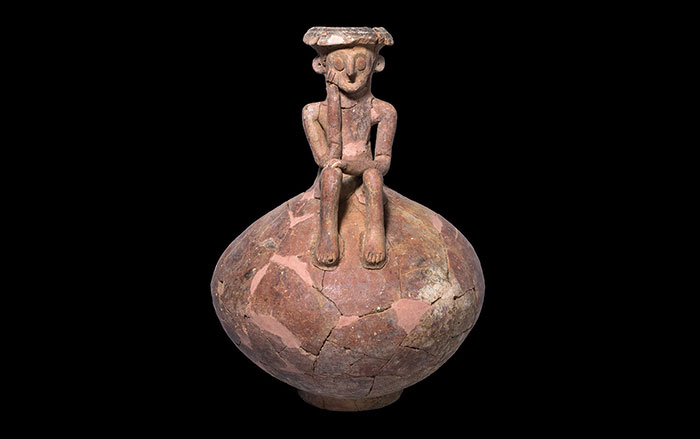
BETHESDA, MARYLAND—According to a report in Nature, biologists Heidi Parker and Elaine Ostrander of the National Institutes of Health, and their colleagues, examined the genomes of more than 1,300 dogs to develop a family tree for more than 160 breeds. The study suggests that dogs bred to perform similar functions, such as working or herding breeds, emerged at different times and places. “In retrospect, that makes sense,” Ostrander said. “What qualities you’d want in a dog that herds bison are different from mountain goats, which are different from sheep, and so on,” she explained. Hunter-gatherers are thought to have domesticated canines thousands of years ago and bred them for their skills, while more recent breeders are believed to have selected for physical traits. The study also revealed that most of the breeds in the study originated in Europe and Asia. These types of dogs are thought to have replaced the New World domesticated dogs that crossed the Bering land bridge with the first Americans. The Peruvian hairless dog, and the xoloitzcuintli, however, are clustered together on the family tree. Parker thinks these canines may retain genes from New World ancestors. For more, go to “Denmark’s Bog Dogs.”











